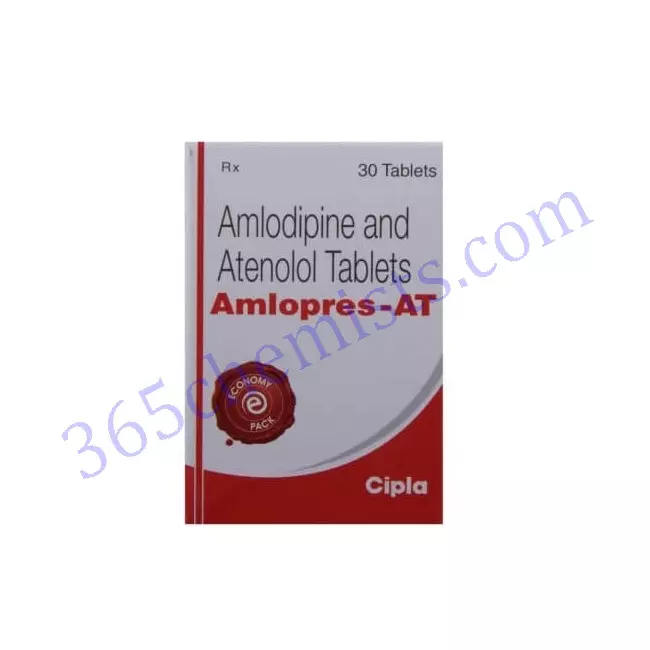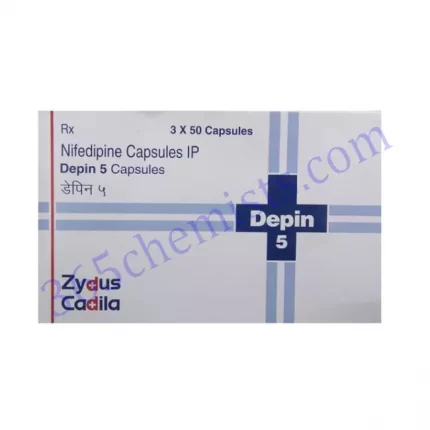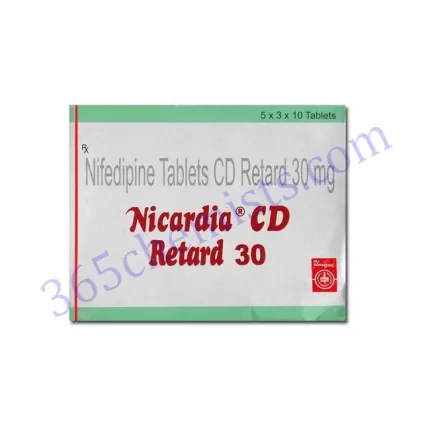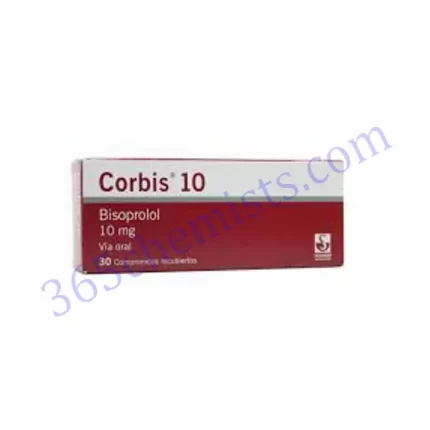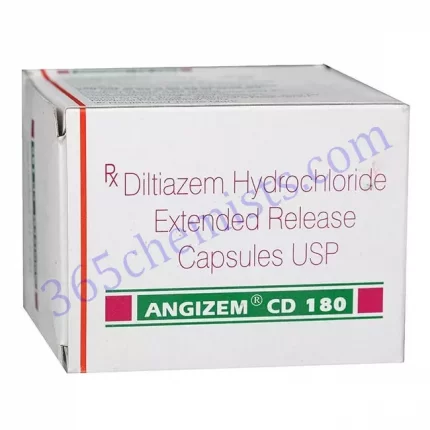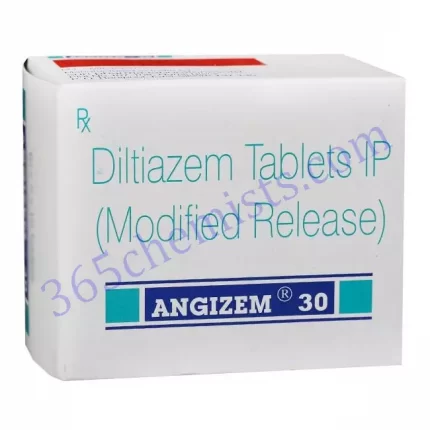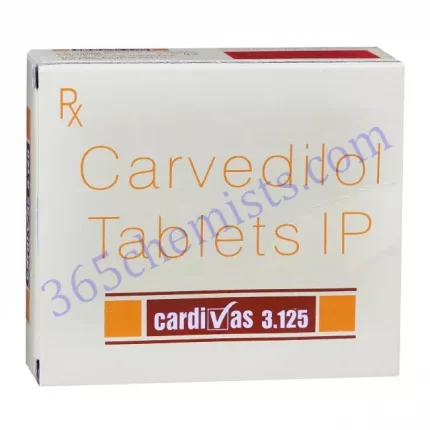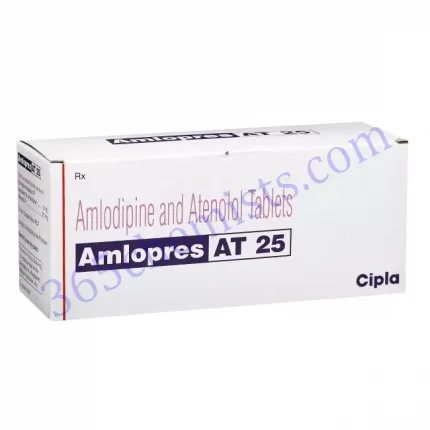Amlopres-AT Tablet: A Comprehensive Description of Amlodipine 5mg/Atenolol 50mg
Amlopres-AT Tablet is a drug that combines two active ingredients in a single dose. These active ingredients include amlodipine and atenolol. It plays a significant role in the treatment of hypertension, also known as high blood pressure, as well as a number of cardiovascular disorders. The purpose of this explanation is to provide a comprehensive knowledge of the tablet, including its constituent parts, its mode of action, therapeutic indications, dosage, adverse effects, and safety considerations.
Composition
Amlodipine (5 milligrammes) and atenolol (50 milligrammes) are the active ingredients in each Amlopres-AT Tablet. Amlodipine is classified as a calcium channel blocker, whereas atenolol is a beta-blocker. Both of these medications are used to treat high blood pressure. When taken together, these two drugs provide a blood pressure-lowering effect that is more effective than each one used alone.
Mechanism of Action
Amlodipine and atenolol, the two active ingredients in Amlopres-AT Tablet, work together to provide a synergistic effect that is the mechanism of action of the medication. Calcium channel blockers like amlodipine achieve their therapeutic effect by preventing the entry of calcium ions into the smooth muscle cells that line blood arteries. This action causes the blood vessels to relax and expand, which in turn leads to a decrease in peripheral vascular resistance and a lower blood pressure.
As a beta-blocker, atenolol works by inhibiting the activity of beta-adrenergic receptors. The effects that adrenaline and noradrenaline have on the heart are mitigated as a result of this action. As a consequence, the rate at which the heart beats, the cardiac output, and the blood pressure all drop. A dual mechanism of action is provided by the combination of amlodipine and atenolol in the Amlopres-AT Tablet. This results in an effective reduction in blood pressure as well as an improvement in cardiovascular function.
Related Product
Amlopres 2.5 Tablet
Amlopres 5 Tablet
Amlopres 10 Tablet
Amlopres Trio Tablet
Amlopres TL Tablet
Amlopres L Tablet
Amlopres AT Tablet
Amlopres AT 25 Tablet
Therapeutic Indications
The primary purpose for which the Amlopres-AT Tablet is prescribed is for the management of hypertension, which is another name for high blood pressure. Depending on the requirements of the specific patient, it can either be used alone as a monotherapy or in conjunction with one or more additional antihypertensive drugs. This helps reduce the risk of cardiovascular complications such as heart attacks, strokes, and kidney difficulties by efficiently decreasing blood pressure.
In addition to the treatment of hypertension, the Amlopres-AT Tablet may also be recommended for the management of angina, which is a condition in which a person experiences discomfort or pain in the chest as a result of an inadequate blood supply to the heart. Amlodipine and Atenolol, when taken together, are able to reduce angina symptoms by lowering the amount of work that the heart has to do and increasing the amount of blood that is able to reach the cardiac muscles.
Amlopres-AT Tablet may also be used to help stabilise the heart rhythm in patients who have been diagnosed with specific types of cardiac arrhythmias. However, the specific application of this drug for arrhythmias should be decided by a medical professional on the basis of the condition of the individual patient as well as their past medical history.
Dosage and Administration
Amlopres-AT Tablet dosing should be individualised for each patient based on their current condition and how well they are responding to treatment. One tablet containing 5 milligrammes of amlodipine and 50 milligrammes of atenolol should be taken orally once daily as the standard starting dose. The dosage may be changed by the healthcare practitioner based on how well the patient is able to keep their blood pressure under control. It is essential to take the medication exactly as directed by the doctor and not to exceed the specified dosage.
Side Effects
Amlopres-AT Tablet, like any other medication, carries the potential to cause some adverse effects; however, not everyone will experience them. Peripheral edoema, often known as swelling of the lower extremities, headaches, dizziness, flushing, and weariness are common adverse reactions to amlodipine. Atenolol has the potential to cause adverse effects such as bradycardia, also known as a slow heart rate, as well as hypotension, also known as a low blood pressure, as well as weariness and cold extremities. It is imperative to seek immediate medical assistance in the event that any side effects continue or become worse.
Precautions and Warnings
It is important to exercise caution when administering Amlopres-AT Tablet to certain patient populations. People who have a known hypersensitivity to Amlodipine, Atenolol, or any of the tablet’s inactive constituents should not use this medication. It is not suggested for them. Avoid giving this drug to patients who have severe hypotension, heart block, sick sinus syndrome, or cardiogenic shock. Patients who have impairments in either their liver or their kidneys should also be treated with caution because dosage modifications may be required.
Drug Interactions
It is possible for Amlopres-AT Tablet to interact with other medications, including but not limited to diuretics (water pills), other antihypertensive agents, nonsteroidal anti-inflammatory drugs (NSAIDs), and some antiarrhythmic therapies. However, there is no evidence to suggest that this will occur. Because of these interactions, the effectiveness and even the safety of the medications implicated can be compromised. Before beginning therapy with Amlopres-AT Tablet, it is imperative that the patient contact their healthcare provider about any and all medications that they are currently taking. This includes prescription medications, over-the-counter medications, and herbal supplements.
Conclusion
The Amlopres-AT Tablet is a drug that is commonly used for the control of hypertension as well as certain cardiovascular disorders. Each tablet contains amlodipine 5 milligrammes and atenolol 50 milligrammes. It accomplishes this by blocking calcium channels in the body, as Amlodipine does, while also inhibiting beta-blockade in the body, as Atenolol does. The result is a significant reduction in blood pressure and a decreased risk of cardiovascular problems. To achieve the best possible therapeutic results, it is necessary, but not sufficient, to take the medicine exactly as directed, to be alert to the possibility of experiencing adverse effects, and to keep one’s healthcare professionals informed about all medications that are currently being taken.

